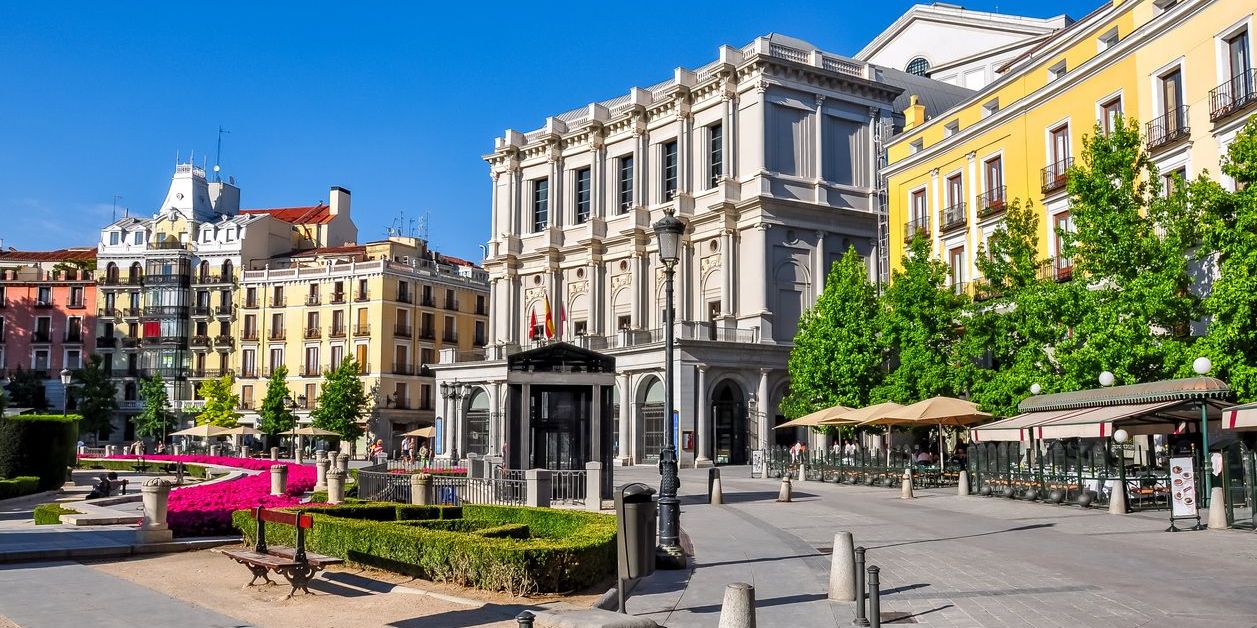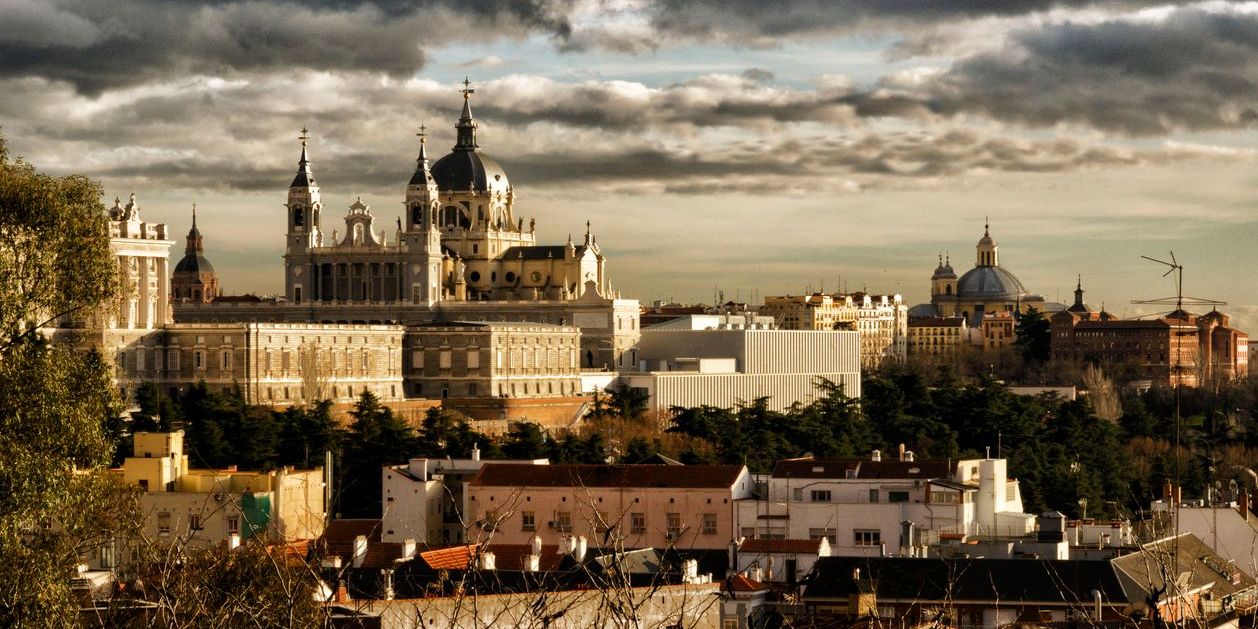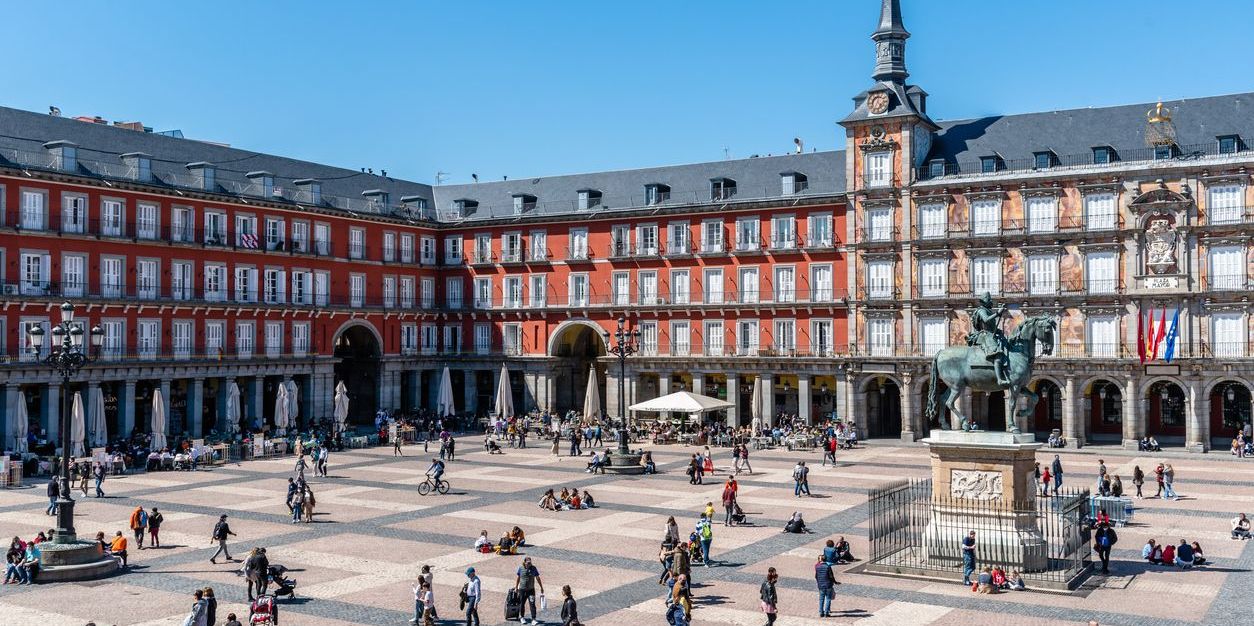The capital of Spain knows how to look to the future without forgetting where it comes from, and Habsburg Madrid is the best example. This neighborhood, which was born in the heat of the Habsburg court, preserves that essence to show you what Madrid was like in the 16th and 17th centuries. During this dynasty, architects, merchants, artists and religious figures were attracted, who built churches, squares and palaces that still stand. And you can tour them in a couple of hours.
Are you coming to observe the architectural details and let yourself be seduced by the history, art, architecture and gastronomy of Habsburg Madrid?
History and architecture of Habsburg Madrid
It all started in 1561, when Felipe II decided to move the court to Madrid. That changed the destiny of the city forever . Suddenly, what was a Castilian town became the center of the empire. And of course, it was necessary to build buildings worthy of the new title. This is how churches, convents, squares and palaces arose that today give shape to the neighborhood we know as Habsburg Madrid.
The style is recognizable at first glance: sober, with exposed brick, slate roofs and towers with pointed spiers. You will be able to see this in major points of interest such as the Plaza Mayor or the Palacio de Santa Cruz.
And if you like religious architecture, you will also be in for a treat with the Monasterio de las Descalzas Reales, the Monasterio de la Encarnación or the Iglesia de San Nicolás; authentic jewels of this era.
Main areas and streets of Habsburg Madrid
The classic tour begins in the Plaza Mayor, the heart of the neighborhood. It is impossible not to be mesmerized looking at its reddish facades, the balconies, the arcades and, by the way, enjoy its atmosphere. There’s always something going on here! Musicians playing, street markets or a free table on a terrace to have a drink. It is the perfect place to eat a calamari sandwich and sit and see what life is like in Madrid.
From here you can continue to Calle Mayor —it is full of shops— and continue to Plaza de la Villa, where you can still breathe that Habsburg Madrid that we are talking about. The houses of the Lujanes, Cisneros and the Villa, with their towers and shields, are what give the print that medieval air.
If you keep walking you will reach Plaza de Oriente, and here… you have plenty to choose from! You have the imposing Royal Palace on one side and the Almudena Cathedral on the other. The views are spectacular, especially at sunset. And just behind you awaits the Teatro Real —another icon of the city— and the Templo de Debod, where watching the sunset is quite a spectacle.
The historical limits of the Habsburg Madrid neighborhood also include areas such as La Latina, Ópera and Las Vistillas, where you will find traditional markets, viewpoints and terraces.

Tours and guided visits
One of the best ways to get to know the area is to sign up for a free tour of Habsburg Madrid. There are many different ones and most leave from Puerta del Sol. In two hours they will tell you anecdotes, show you secret corners and help you understand how the city grew. In addition, you can pay what you want at the end —depending on what you liked—, so it’s a great plan in every way.
If you prefer something quieter, there are also private visits, night tours and segway tours. And if you are one of those who enjoy exploring on your own, you only need a map and the desire to walk. Here we leave you acomplete guide so you can create your own itinerary and tour Habsburg Madrid with all the historical information, curiosities and legends at the click of a click.

Restaurants and cafes to stop at
You can eat wonderfully in Habsburg Madrid. Here are some of the oldest and most historic places in the city. The most famous, without a doubt, is Casa Botín, open since 1725 and recognized as the oldest restaurant in the world. Here they serve a suckling pig and a lamb roasted in a wood oven that are to die for.
Another classic is the Chocolatería San Ginés, a place that is a stone’s throw from Puerta del Sol. Their churros with chocolate are legendary, perfect for regaining strength after a good walk through the neighborhood.
And if you fancy something more elegant, go straight to the Café de Oriente, in front of the Royal Palace. It has an ideal terrace to watch the sunset with a coffee or a glass of wine in hand.
And of course, there are dozens of taverns, bars and modern restaurants that combine that traditional point of Habsburg Madrid with new proposals.

More things to do after visiting the Austrias area in Madrid
When you finish touring Habsburg Madrid, save your strength because the city still has many plans to offer you.
The thing to do is also visit some other of the best neighborhoods in Madrid such as Malasaña, Chueca or Lavapiés.
And if your getaway to the capital coincides with one of the medieval fairs in Madrid, you can’t miss it! Places like El Álamo, Buitrago del Lozoya or Manzanares el Real are completely transformed with markets, music and shows in the streets.
It is also worth enjoying a flamenco show in Madrid; although it is not the cradle of this art, here it is felt with the same intensity and there are a lot of tablaos in the center that receive the best singers and dancers in the country.
And if you want to disconnect a little from the noise, take a getaway to the most beautiful villages in Madrid. In less than an hour you can be in Chinchón or El Escorial, enjoying good food and tranquility.
Choose your ideal base to explore Habsburg Madrid
Taking a getaway to Madrid is an experience that is best enjoyed when you have a place that makes you feel at home. After touring Habsburg Madrid and getting lost in its streets, you want to return to a quiet, comfortable and well-located place, right?
And that is exactly what we offer at Waou Rentals! We have accommodations designed to truly rest, without having to complicate yourself with metro and commuter train combinations —right in the center!— and with everything you need at hand.
Because when you choose well where to stay, the trip changes a lot.

Spectacular duplex apartment steps from Puerta del Sol, Madrid Centre
From 250.00€ per night

Impressive apartment near Puerta del Sol, Madrid Centre
From 250.00€ per night

Design apartment next to Plaza España and Madrid Río, Madrid Centre
From 90.00€ per night

Design apartment next to Plaza España and Madrid Río, Madrid Centre
From 90.00€ per night


